
My other car is the Batmobile: Notes from Comic-Con 2013
Jana Monji is at Comic-Con in San Diego, posting updates an all the goings-on. Here’s a spiffy little piece of automotive novelty.

Jana Monji is at Comic-Con in San Diego, posting updates an all the goings-on. Here’s a spiffy little piece of automotive novelty.

Jana Monji is preparing for another trip to Comic-Con, the giant fan convention in San Diego. She’s got her comfortable shoes, a costume and a schedule full of events.
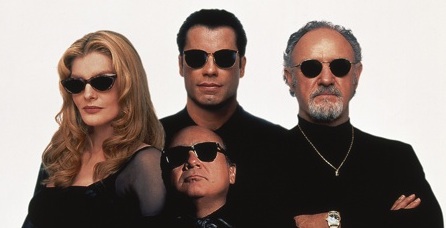
It is a jungle out there in Hollywood, and “Get Shorty” presents the
various kinds of animals residing at the lower strata of that jungle
through a pungent but cheerful satire about one nutty pre-production
process.

Seongyong Cho sings the praises of Richard Linklater’s quirky small-town true-crime comedy “Bernie.”
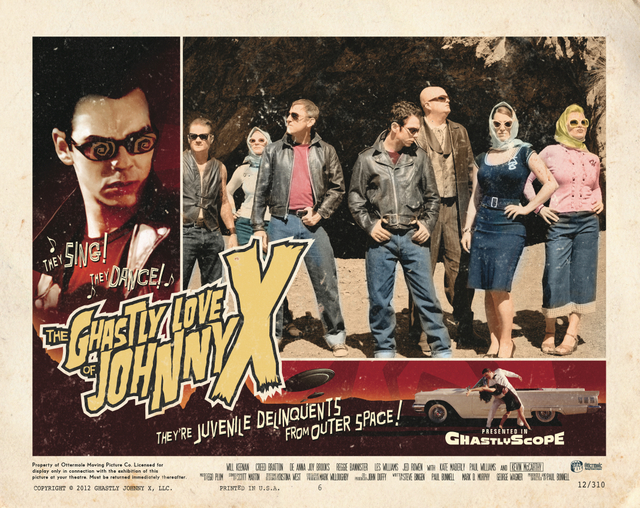
Scott Jordan Harris muses on the awful pleasures of the lowest-grossing film of 2012.
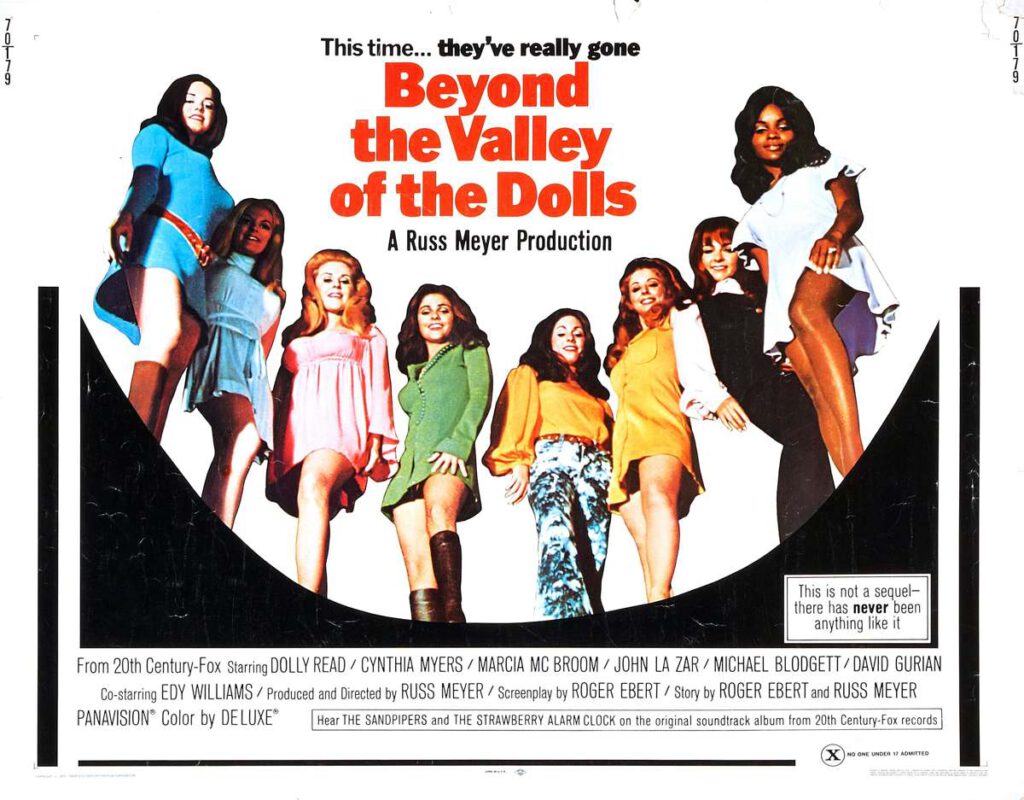
Charlie Schmidlin reports from a screening of the Roger Ebert–scripted “Beyond the Valley of the Dolls.”

Does the blizzard of images from Turkey confuse you? Do you who the protesters are and what they want? Do you know what’s at stake? Far-Flung Correspondent Omer M.
Mozaffar tries to explain the situation in this piece, a primer aimed at people who would like to understand what’s happening but don’t know where where to start.
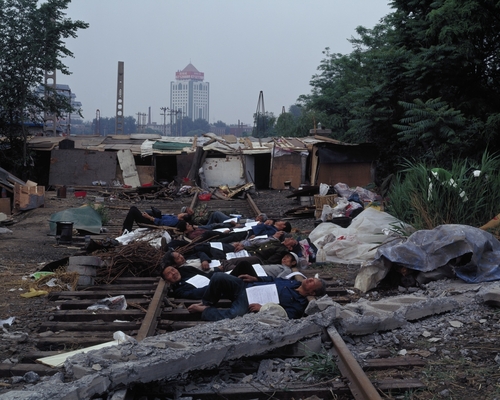
Kevin B. Lee reports on the film series at MoMA that he co-curated.
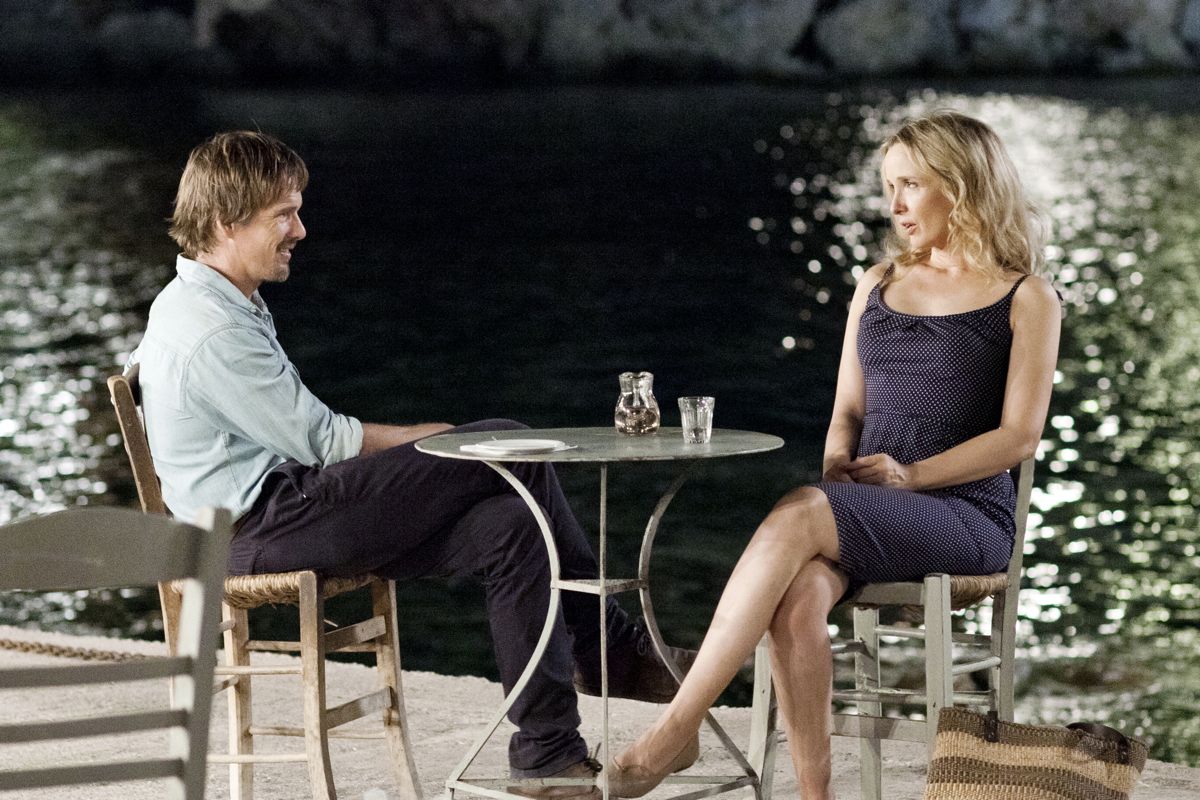
Katherine Tulich talks to Julie Delpy, Ethan Hawke and Richard Linklater about returning once again to the characters from “Before Sunrise” and “Before Sunset” for the new film “Before Midnight.”
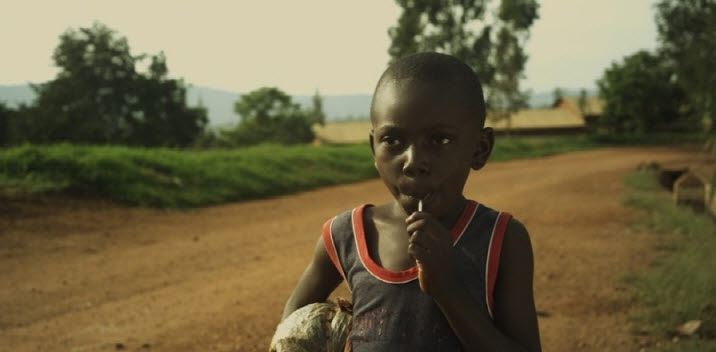
Far Flung Correspondent Seongyong Cho discusses “Kinyarwanda,” a powerful look at the genocide in Rwanda.
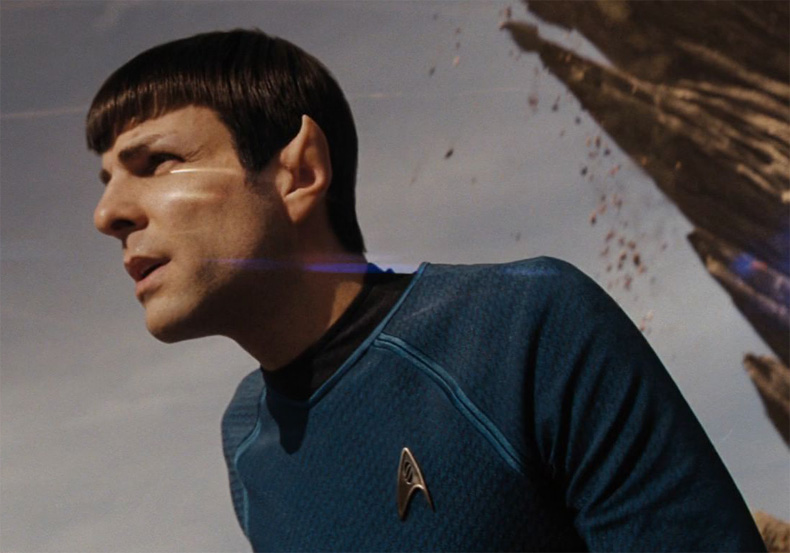
The destruction of Vulcan, one of the most crucial planets in the “Star Trek” universe, should be at the core of J.J. Abrams’ “Trek” movies. It is the single development that most distinguishes the original series from Abrams’ reboot, an event so boldly imagined that it marks the filmmakers’ new, blank canvas with a hideous dark stain.
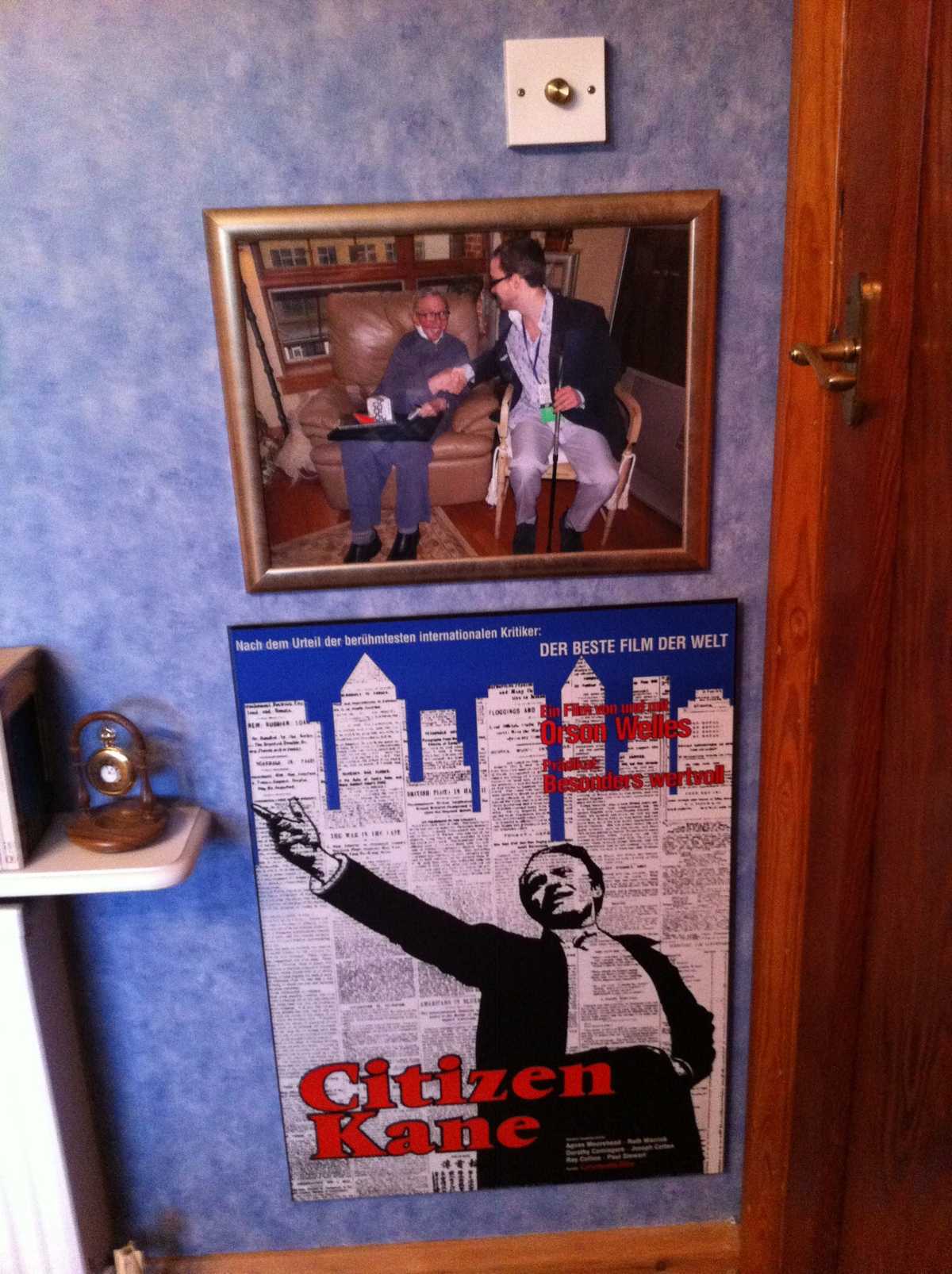
Roger was a titan in the film community, but he was also a beacon for the seriously disabled.

Ray Harryhausen told us, time and again, the story of how he saw the original “King Kong” (1933) on the big screen when he was just a kid, of how he was inspired by Willis O’Brien’s pioneering special effects, and of how that led him to his grand career in the field of stop-motion animation. In some sense, Harryhausen inspired me in the same way that O’Brien did him. I’m not exaggerating when I say that he changed my life.
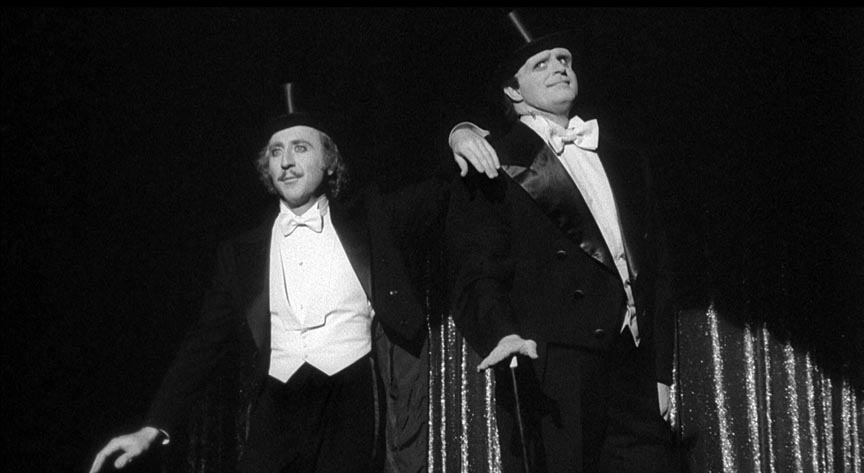
Dedicated to memories of Roger Ebert, for the simple reason that talking about movies is so thrilling. He did not like lists, but I love his lists.
“Room 237” is a captivating and engrossing new documentary exploring the covert symbols and whacked-out theories that have obsessed ardent fans of Stanley Kubrick’s 1980 horror film, “The Shining.” From a personal secret statement about the Holocaust to a cryptic confession about his involvement in a supposed NASA cover of the Apollo 11 moon landing, “Room 237” offers the wildly diverse interpretations of five obsessed film fanatics regarding Kubrick’s possible hidden intentions. Katherine Tulich interviewed the film’s LA based director Rodney Ascher and producer Tim White for this video report.
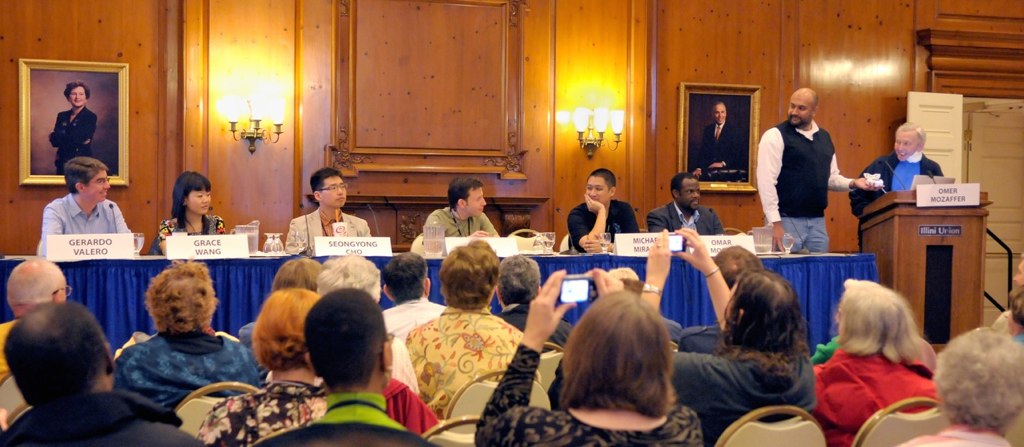
Longtime readers of the Chicago Sun-Times are familiar with Roger Ebert’s “One-Minute Reviews.” These are capsule reviews (roughly 75-150 words or so), condensing his responses to current movies. As any writer knows, the short versions can be harder to write than the full-length ones.
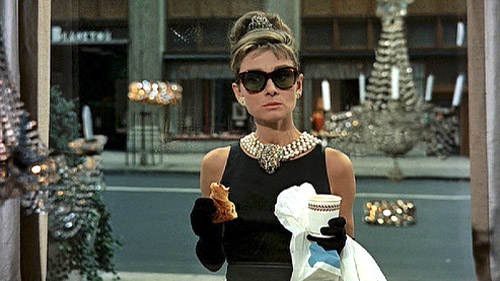
With the passing of Andy Williams, I keep imagining his golden tenor singing Henry Mancini’s “Moon River.” The song talks about crossing life in style. “Breakfast at Tiffany’s” is all about fashionable cafe society and love; in an adult fairy tale, you can have both even if you are two drifters.
The director Gregory Nava once commented, “Whenever any question of style or taste in dress comes up, I simply ask myself, ‘What would Fred Astaire have done?'” Audrey Hepburn is Astaire’s female equivalent: sophistication mixed with fizzy fun.
Call it a “torture film” if you want, but the South Korean film “National Security” (2012) darkly resonates with raw disturbing power. The movie itself is a fiction, but the terrible historical fact revealed through that fiction gave me a memorably uncomfortable experience at the screening room last November. We all knew what was depicted in the movie actually happened many times during that dark era in South Korean history, and the movie deeply disturbed us with its unflinching observation of authorized force brutally and mercilessly stomping on basic human rights.
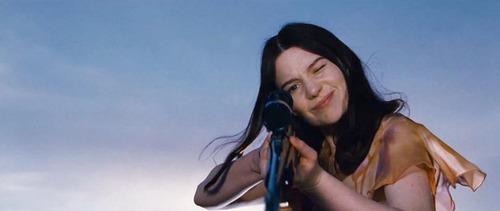
For better and worse, “Stoker,” South Korean director Chan-wook Park’s first film with an all English-speaking cast, is very much Park’s baby. Park (“Sympathy for Mr. Vengeance,” “Thirst”) is most well-known for directing “Oldboy.” In that now-famously bloody, operatic revenge drama, and most of his other films, Park takes great pains to steep viewers in his protagonists’ subjective worlds. Perspective is accordingly a prison in “Stoker,” a soapy Southern Gothic-style coming of age story with an Alice in Wonderland fetish.
Emad Burnat’s “5 Broken Cameras” (2012) is the most powerful movie since “The Interrupters” (2011). In this autobiographical documentary, the director purchases a video camera to chronicle his newborn son’s growth. Trying to catch those firsts (first smile, first step, first tooth), he cannot separate them from events in his rural Palestinian town, itself defined by life under occupation. In the process, he watches his camera get broken from a grenade. He replaces it with another, which gets broken. And he replaces it with another. And another. And another, so that each camera becomes an episode in his life. The film gets progressively shocking and perilous. In contrast to hopefulness underlying “The Interrupters,” however, this film gets progressively more hopeless and desperate.
